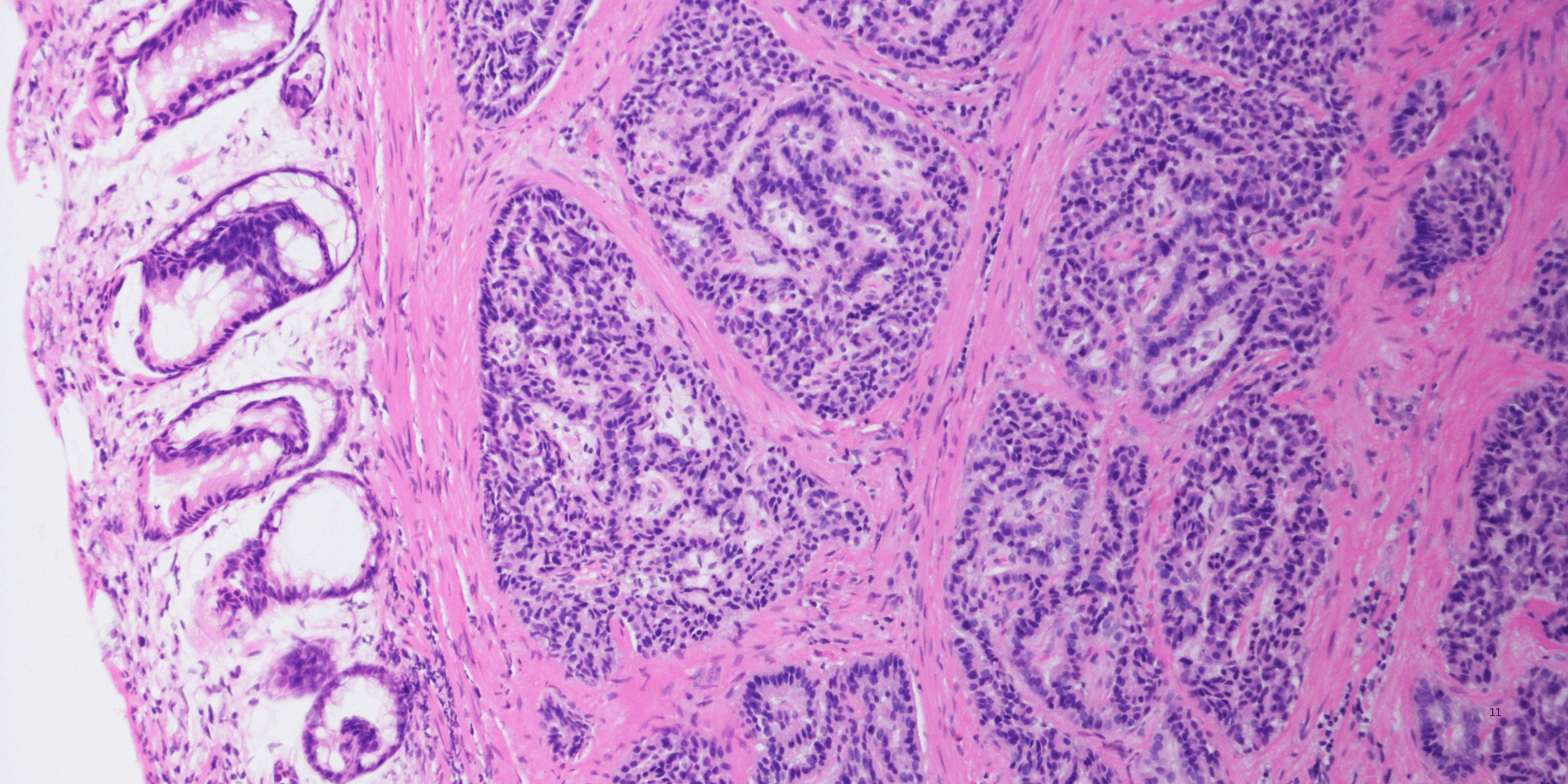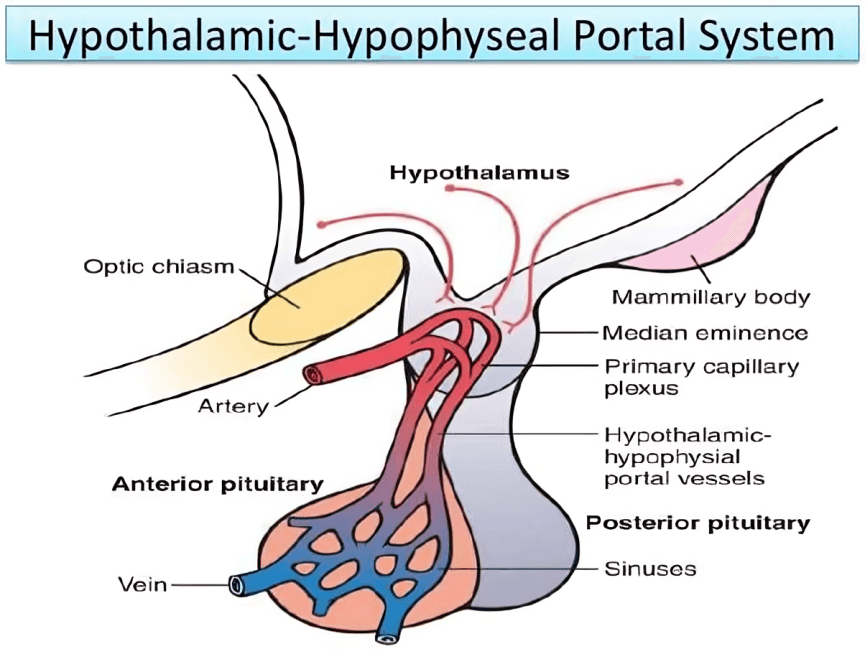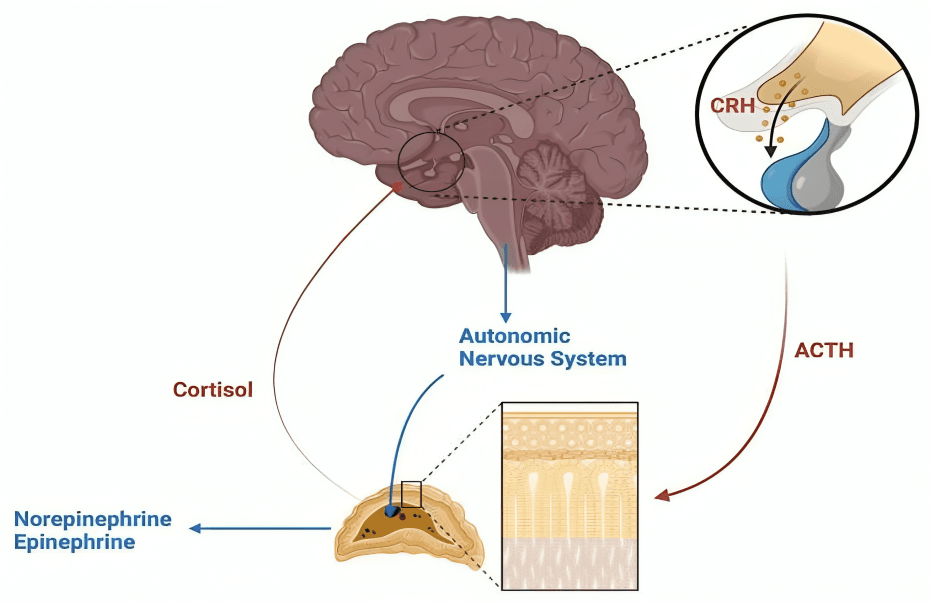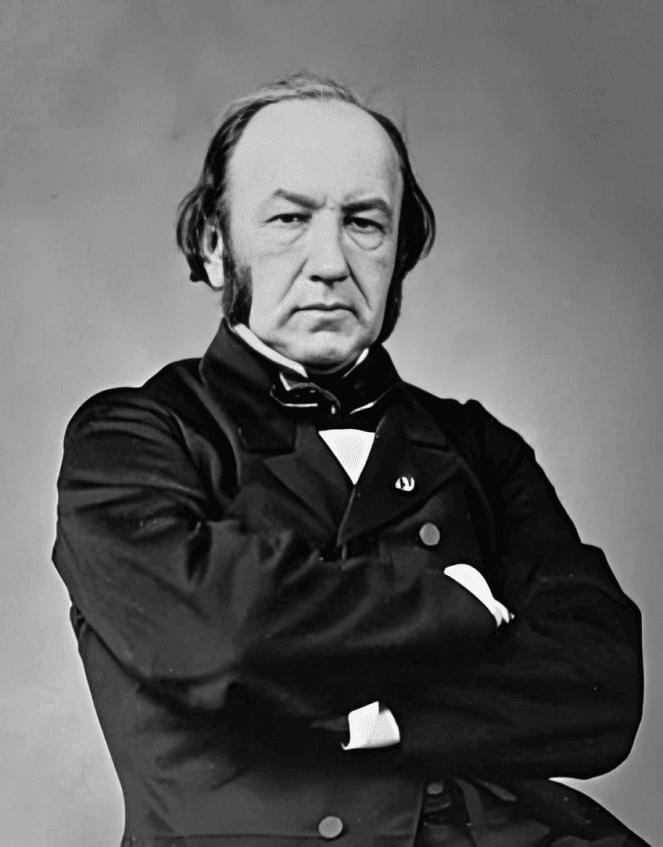
“
The neuroendocrine function of the hypothalamus bridges the brain and hormonal systems, enabling the body to respond to internal and external stimuli with precision. Located deep in the brain, this small yet powerful region coordinates numerous physiological responses by releasing specific hormones that influence metabolism, reproduction, stress reactions, and growth. 1
1
”
The neuroendocrine system’s foundations were noted by early physician Galen, who linked brain structures to bodily functions, laying groundwork for modern hypothalamic research.1
The hypothalamus controls the pituitary gland through releasing and inhibiting hormones, regulating hormone secretion that influences growth, thyroid function, adrenal activity, and reproduction.2

Hypothalamic neurons synthesize neurohormones like thyrotropin-releasing hormone and corticotropin-releasing hormone, which travel directly to the pituitary via the hypophyseal portal system.
Unlike most neurons, hypothalamic neurosecretory cells release hormones into the bloodstream instead of synaptic clefts, merging neural and endocrine communication.3
The hypothalamus monitors blood hormone levels and uses feedback loops to adjust hormone secretion dynamically, maintaining physiological balance. 4
Stress triggers hypothalamic secretion of corticotropin-releasing hormone, initiating adrenal cortisol release, which prepares the body for fight-or-flight responses. 5
Its neuroendocrine role extends to controlling reproductive functions by releasing gonadotropin-releasing hormone, essential for sexual maturation and fertility. 6
Hypothalamic hormones regulate water balance by stimulating antidiuretic hormone release, which controls kidney water reabsorption and blood pressure. 7
Research reveals hypothalamic neuroendocrine circuits contribute to aging by regulating hormone levels that influence tissue repair, metabolism, and overall longevity. 8
The suprachiasmatic nucleus in the hypothalamus synchronizes hormone release to circadian rhythms, coordinating sleep-wake cycles with endocrine function.9

Hypothalamic irregularities have been implicated in mood disorders by affecting stress hormones and neurotransmitters, illustrating its role in the neuroendocrine regulation of emotional and mental health.
The hypothalamus influences prolactin secretion by regulating inhibitory factors; prolactin plays a significant role in lactation, maternal behavior, and reproductive system health.10
The median eminence of the hypothalamus serves as a critical neurovascular interface, where hypothalamic hormones are efficiently released into the bloodstream to reach the pituitary gland. 11
Hypothalamic regulation extends to the adrenal medulla, affecting secretion of adrenaline during acute stress, thereby coordinating rapid physiological responses necessary for survival.12
Early 20th-century neurologists identified hypothalamic damage as a cause of hormone imbalances, advancing clinical endocrinology and deepening our understanding of neuroendocrine disorders.13
Specialized glial cells in the hypothalamus support neurosecretory neurons by controlling hormone release and preserving the blood-brain barrier’s selective permeability in areas like the median eminence.14
The hypothalamus masterfully regulates homeostasis by responding to neural and hormonal signals, coordinating essential functions like hunger, thirst, temperature, and reproduction. 15

Claude Bernard’s 19th-century concept of “internal milieu” emphasized the importance of internal stability, a principle now understood to be primarily maintained by the hypothalamic neuroendocrine system.
Hypothalamic neurons express receptors for circulating hormones like leptin and insulin, allowing the brain to sense energy stores and modulate neuroendocrine outputs accordingly for metabolic balance.16
Philosopher René Descartes hinted at brain-body integration centuries ago, a precursor to modern understanding of hypothalamic neuroendocrine control. 17


